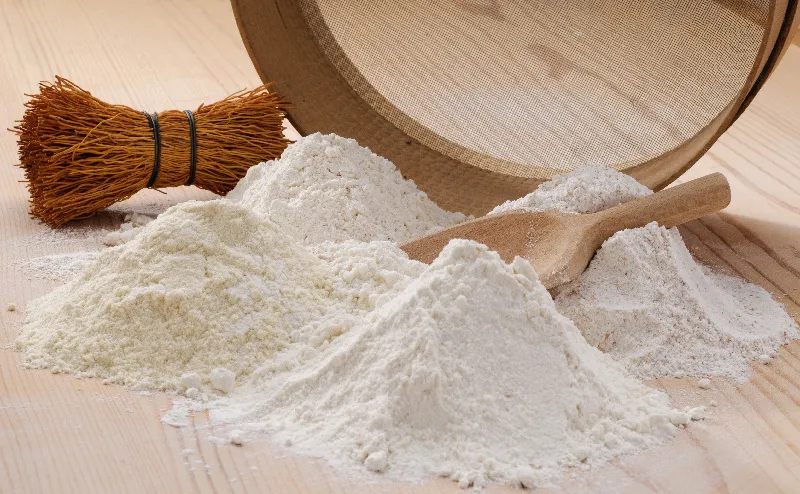Medical and Hygiene Products
Antiviral and antibacterial mesh
medical-sanitaryAntiviral and antibacterial mesh
Mesh treated with Cufitec™, an antiviral and antibacterial technology based on monovalent copper compounds.
Mesh with high antiviral and antibacterial functions can be used as various filters by integrally molding with resin.
Features

- Cufitec™ is NBC Meshtec’s proprietary antiviral and antibacterial technology based on monovalent copper compound nanoparticles.
- Antiviral and antibacterial mesh is available in blended and coated types.
- Polyester (PET) material mesh is coated with Cufitec® for antiviral and antibacterial properties.
- Polyolefin material mesh is made of antiviral and antibacterial threads with monovalent copper compound nanoparticles blended into them.
- Antiviral and antibacterial functions can also be added to filter frames by blending monovalent copper compound nanoparticles into the resin portion when it is integrally molded with the resin.
Application examples
Pre-filters for residential and commercial air conditioners, air purifiers, etc., and cabin filters for automobiles.
Product specifications
| materials |
|---|
| Mesh count |
| Wire diameter |
| Application examples |
| Material of mesh |
| Processing methods |
| Target material |
| Features |
| Applications |
| Resin materials |
Comparison of properties
| Tensil strength |
|---|
| emulsion adhesion |
| antistatic capability |
This mesh is made by blending monovalent copper compound nanoparticles into polyolefin threads to give it antiviral and antibacterial properties. The mesh can be used as a pre-filter for dry sieving.
Please feel free to contact us if you have any requests for material, weave structure, mesh count, etc.
Antiviral performance
- Test method
A virus solution of an enveloped virus was dropped on an antiviral and antibacterial mesh (blended type) to examine the virus infectivity titer at each contact time using the plaque method.
*In-house testing in accordance with JIS L 1922
- Results
The virus infectivity titer was reduced by more than 99.99% in 2 hours compared to the unadulterated product (detection limit).
Antibacterial performance
- Test method
A gram-positive bacterial solution was dropped on an antiviral and antibacterial mesh (blended type) to examine the viable bacteria count after 18 hours using the mixed plate culture method (colony method).
*In-house testing in accordance with JIS L 1902
- Results
The viable bacteria count was reduced by more than 99.99% in 18 hours compared to the unadulterated product (detection limit).
Antiviral performance
- Test method
A virus solution of an enveloped virus was dropped on an antiviral and antibacterial mesh (coated type) to examine the virus infectivity titer at each contact time using the plaque method.
*In-house test conducted in accordance with JIS L 1922 with only the contact time changed
- Results
The virus infectivity titer was reduced by more than 99.99% in 60 minutes compared to the untreated product (detection limit).
Antibacterial performance
- Test method
A gram-positive bacterial solution was dropped on an antiviral and antibacterial mesh (coated type) to examine the viable bacteria count at each contact time using the mixed plate culture method (colony method).
*In-house test conducted in accordance with JIS L 1902 with only the contact time changed
- Results
The viable bacteria count was reduced by more than 99.99% in 60 minutes compared to the untreated product (detection limit).
Antiviral performance after water resistance test
- Test method
Assuming that the filter is washed in water, we confirmed its antiviral performance after a water resistance test.
For water resistance conditions, assuming products that rarely come into contact with water as defined by SIAA, we conducted a water resistance test (Category 1) in which test specimens were immersed in water at room temperature for 16 to 18 hours.
A virus solution of an enveloped virus was dropped on the antiviral and antibacterial mesh (coated type) after the water resistance test to examine the virus infectivity titer after 2 hours using the plaque method.
*In-house testing in accordance with JIS L 1922
- Results
The virus infectivity titer was reduced by more than 99.9% in 2 hours compared to the untreated product.
Did you find what you were looking for?
If you have any questions or concerns about medical mesh, please feel free to contact NBC Meshtec.
We propose appropriate meshes and processing technologies to give shape to our customers’ wishes.













